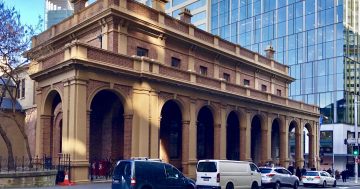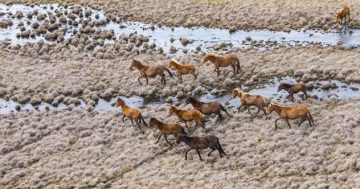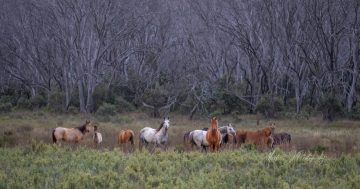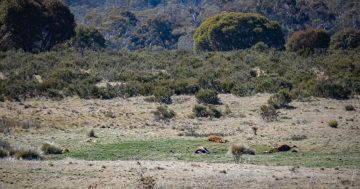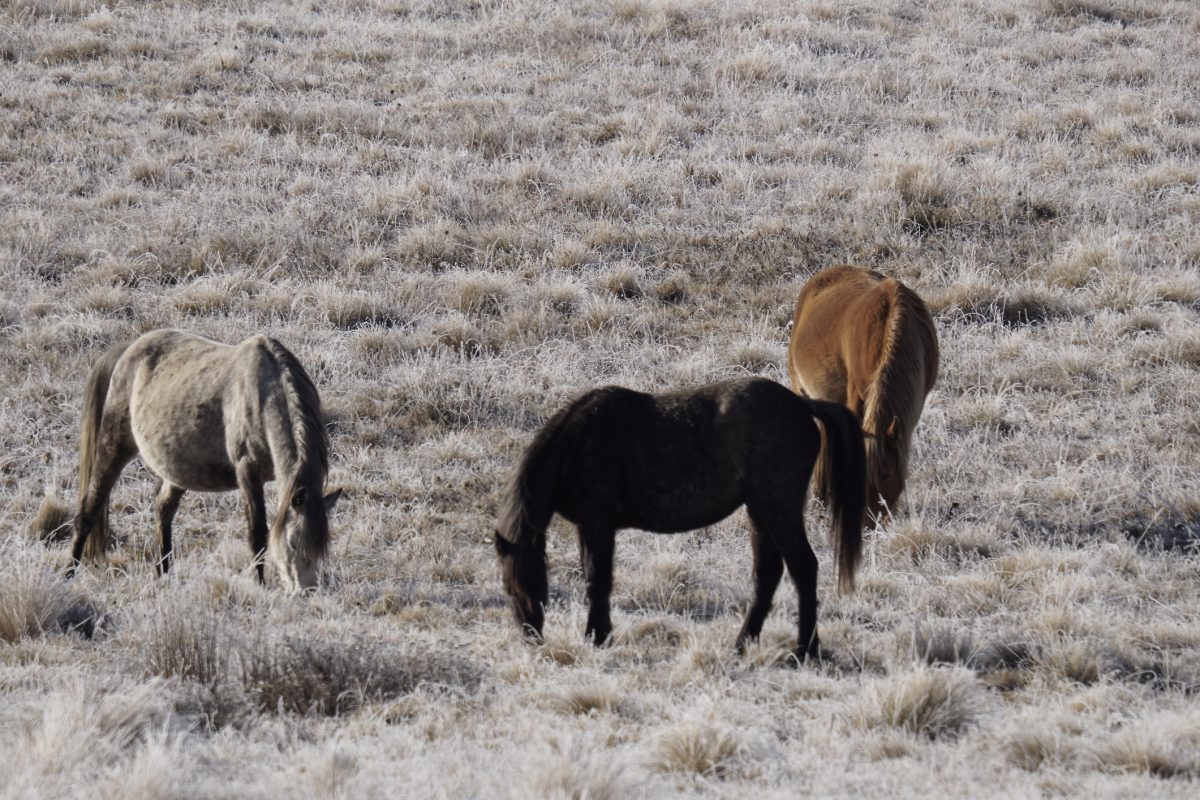
“If we want to protect the Snowy Mountains … then we need to dramatically reduce feral horse numbers now,” Invasive Species Council advocacy manager Jack Gough says. Photo: File.
Data has revealed that aerial shooting accounted for nearly 90 per cent of feral animals removed by the NSW Government, as Environment Minister Penny Sharpe prepares to decide whether the practice can continue to be used to remove feral horses in Kosciuszko National Park.
Data released by the Invasive Species Council showed a 288 per cent increase in the number of feral animals removed in NSW between 2020/21 and 2022/23.
The Invasive Species Council has obtained NSW Government data for the number of feral animals killed by Local Land Services and the National Parks and Wildlife Service in NSW using aerial shooting, ground shooting and trapping for the past three financial years.
The figures revealed that over the three-year period, 239,034 feral pigs, feral deer and other feral animals were removed using aerial shooting, accounting for 88 per cent of the total. An additional 15,378 were removed through ground shooting and 17,547 by trapping.
The release of the data comes ahead of an upcoming decision on whether to allow aerial shooting of feral horses in Kosciuszko National Park. Ms Sharpe is due to decide in the coming weeks. A federal inquiry into the impacts and management of feral horses in the Australian Alps is also due to hand down its findings on 13 October.
The NSW Government has also announced a review into invasive species management and biosecurity.
Invasive Species Council advocacy manager Jack Gough said the threat of feral animals in NSW is greater than ever and requires effective solutions to prevent damage to native ecosystems.
The state’s feral deer population has grown tenfold in the past 20 years to around 2 million and is spreading at a rate of approximately 1 million hectares per year, while feral horse numbers in Kosciuszko National Park have increased by 30 per cent in the past two years to nearly 19,000, despite the government’s efforts to reduce numbers to 3000 by 2027.
“Invasive species are one of the greatest threats to our wildlife and ecosystems in NSW. Tackling them will require long-term strategic investments and policy reform,” he said.
“NSW faces an invasive species crisis due to the cumulative effect of recent natural disasters, climate change and underfunding.”
According to the most recent NSW State of the Environment report, invasive species pose a threat to over 70 per cent of threatened species and endangered ecological communities in the state, and the spread of emerging invasive species is getting worse.
Mr Gough says aerial shooting is the most humane and efficient method to control invasive species, and the data shows it is effective.
“No one likes to see animals killed, but the sad reality is that we have a choice to make between urgently reducing feral animals or accepting the decline and extinction of our native animals,” he said.
“Invasive species like feral deer, cats, horses and pigs are an environmental disaster in Australia. They trash and trample streams and wetlands, strip the bark from trees and are pushing our native wildlife to the brink of extinction.”
Mr Gough said without aerial shooting, it would not be possible to achieve the level of population control needed to protect native wildlife.
“If we want to protect the Snowy Mountains, headwaters of the mighty Murray, Murrumbidgee and Snowy Rivers and home to more than 50 threatened species like the corroboree frog and mountain pygmy possum, then we need to dramatically reduce feral horse numbers now.
“The NSW Government’s own animal welfare review highlighted that aerial shooting is a humane way to reduce feral horse numbers when undertaken by highly trained professionals,” he added.
Original Article published by Lizzie Waymouth on Riotact.







